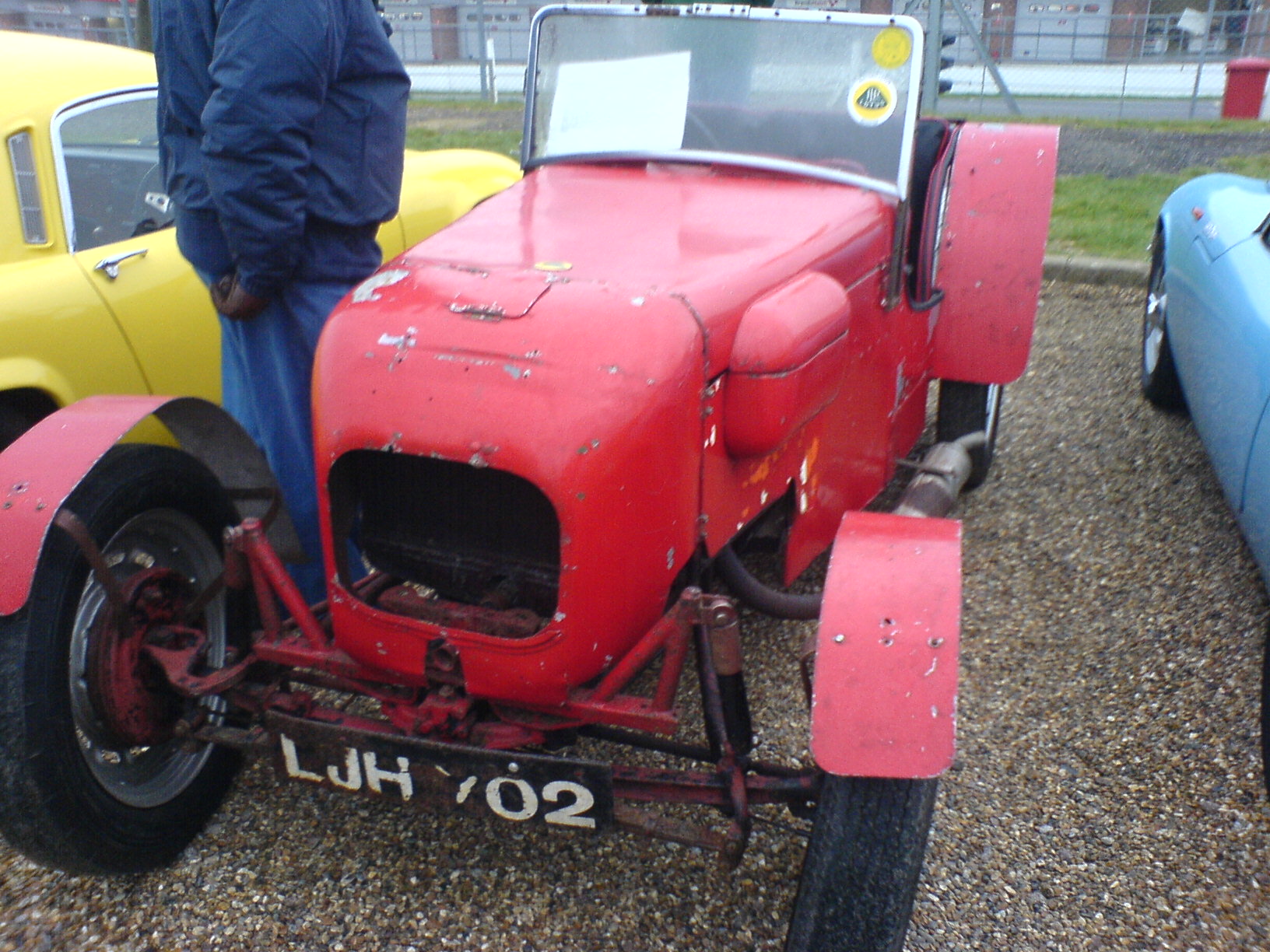Lotus Mk2 on:
[Wikipedia]
[Google]
[Amazon]

 The car that came to be known as the Lotus Mark II was created in 1949, while
The car that came to be known as the Lotus Mark II was created in 1949, while
Motorbase
Accessed 17 February 2006 Mark 02 {{Classicpow-auto-stub
Colin Chapman
Anthony Colin Bruce Chapman (19 May 1928 – 16 December 1982) was an English design engineer, inventor, and builder in the automotive industry, and founder of Lotus Cars.
In 1952 he founded the sports car company Lotus Cars. Chapman ...
was serving with the RAF
The Royal Air Force (RAF) is the United Kingdom's air and space force. It was formed towards the end of the First World War on 1 April 1918, becoming the first independent air force in the world, by regrouping the Royal Flying Corps (RFC) and ...
. For his second car Chapman built on the knowledge gained from building and competing in the Lotus Mark I
The Lotus Mark I was the first car designed and built by Colin Chapman in 1948, while Chapman was still a student at the University of London. The car was designed to compete as a trials car, and was constructed on an Austin 7
The Austin ...
, so he again used the widely available and inexpensive Austin 7
The Austin 7 is an economy car that was produced from 1923 until 1939 in the United Kingdom by Austin. It was nicknamed the "Baby Austin" and was at that time one of the most popular cars produced for the British market and sold well abroad. ...
chassis as a starting point. He boxed in the chassis rails and replaced the cross members with stronger tubular braces. He swapped the Austin engine for a Ford engine and transmission, first from a Ford 8
Ford 7Y is a car built by Ford UK from 1938 until 1939. During that time 65,098 cars were produced.
The car was officially marketed as a Ford Eight, and was a rebodied and slightly larger version of the Model Y. The car was powered by a 8hp ( ...
, then from a Ford 10
The Ford Model C Ten is a car that was built by Ford UK between 1934 and 1937. The Ten moniker signifies its 10 British fiscal horsepower. The car was also assembled in Spain (Barcelona) between 1934 and 1936. The German version produced in the s ...
, but retained the Austin 7 rear axle. To be able to use a wider tyre, Chapman adapted Ford pressed-steel wheels. He modified the engine as far as the club rules would allow.
Chapman used this chassis and running gear to support a cigar-shaped body with a rounded nose. It has rudimentary cycle-type mudguards. The result was a very competitive trials car, but one also suitable for circuit racing. Chapman used the car to compete in events sponsored by the 750 Motor Club
750 Motor Club is a motor racing club in the UK. It was founded in 1939 to promote the sporting use of the Austin 7. '750' refers to the near-750cc Austin 7 engine. It later led to racing and the 750 Formula where specials are raced. Famous member ...
. Although Chapman built the car to compete in English Trials events, he also entered the car in track events, such as Silverstone
Silverstone is a village and civil parish in Northamptonshire, England. It is about from Towcester on the former A43 main road, from the M1 motorway junction 15A and about from the M40 motorway junction 10, Northampton, Milton Keynes and B ...
, where he won in his class. From that point forward, Chapman concentrated on designing and constructing cars for race circuits instead of trials.
Ford Sidevalve
The Ford Sidevalve is a side valve (flathead engine) from the British arm of the Ford Motor Company, often also referred to as the "English Sidevalve". The engine had its origins in the 1930s Ford Model Y, and was made in two sizes, or "8 HP", a ...
Motor:
*Config: S4 SV
*Displacement: 1172 cc
*Bore/Stroke: x
References
* Tipler, John, '' Lotus and Caterham Seven: Racers for the Road ''The Crowood Press, 1995. pp. 14–16. * Coulter, Jeremy, ''The Lotus & Caterham Seven: A Collector's Guide '' Motor Racing Publications, 1986. pp. 9–10. * William Taylor, ''The Lotus Book: The Complete History of Lotus Cars '' Coterie Press, Limited.1998, pp. 14–15.External links
Motorbase
Accessed 17 February 2006 Mark 02 {{Classicpow-auto-stub